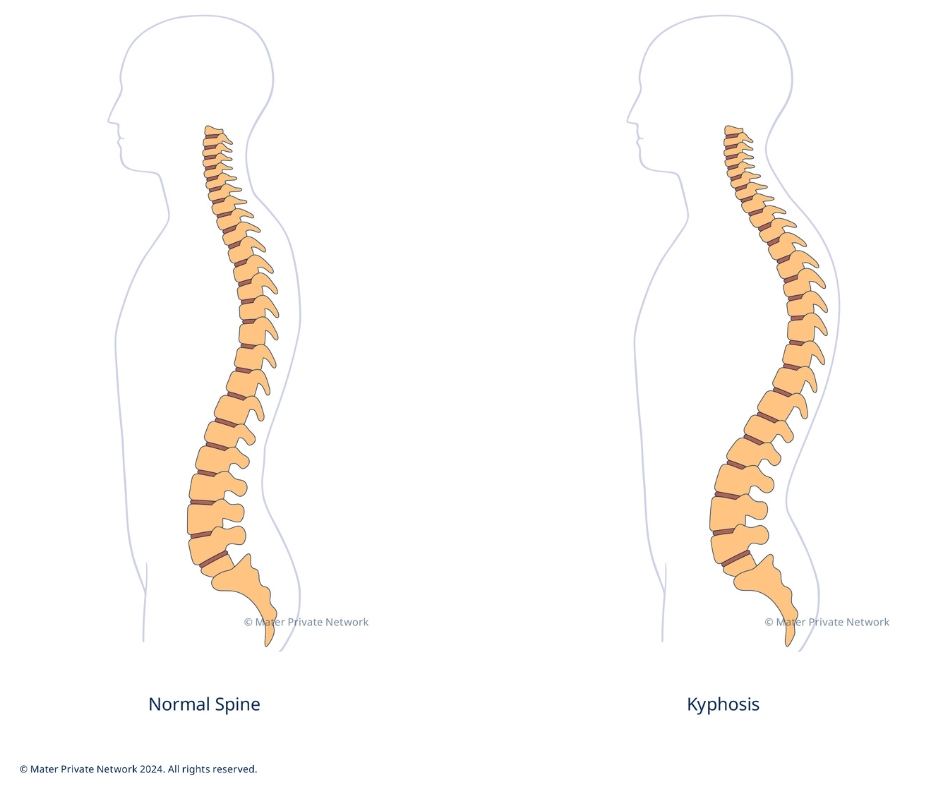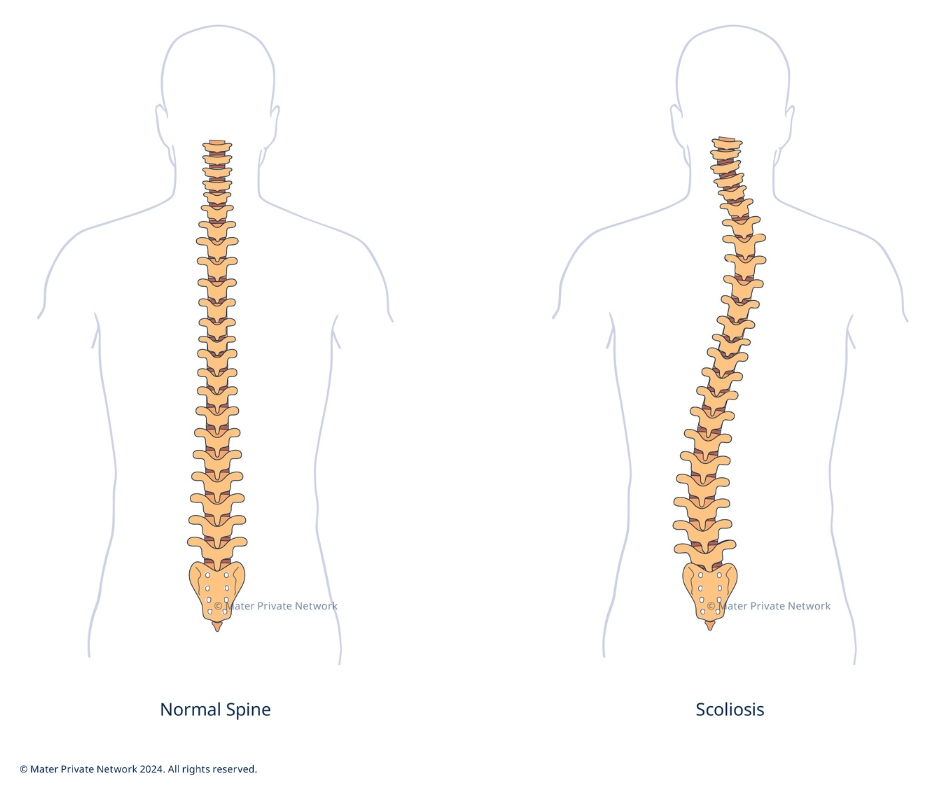Deformity Correction
Contact Us
Request an AppointmentPlease note that a referral letter is required before an appointment can be confirmed.
Please note that a referral letter is required before an appointment can be confirmed.
Useful Information
About spinal deformities
Spinal deformities are conditions that cause curvatures in the spine, leading to pain and discomfort, and limiting your ability to function normally. They include medical conditions like scoliosis and kyphosis. Scoliosis is an abnormal sideways curvature of the spine, which may look like an "S" or "C" shape when seen from the front or back. Kyphosis is forwards curvature of the spine causing the upper back to appear hunched or rounded.


About spinal deformity correction
Spinal deformity correction surgery is used to address spinal conditions like scoliosis and kyphosis. The primary goal of deformity correction procedures is to improve spinal balance and overall quality of life for the patient, by controlling and correcting these spinal deformities.
Deformity correction surgery is usually recommended when the curvature of your spine has advanced so much that it is causing significant pain, is affecting your ability to function normally and is impinging on your quality of life – and cannot be adequately managed with conservative treatments. The surgical procedure aims to realign the spine, restore a more natural curvature, and improve overall spinal balance.
The specific type of surgery chosen depends on the type and severity of the spinal deformity. The most common procedure used is spinal fusion, a procedure where the surgeon aligns the vertebrae (bones) in your spinal column, and then uses metal rods and screws to hold them together in the correct position. As your spinal bones heal, they fuse together. This procedure can prevent your spinal curve from getting worse.
After surgery
Patients may need physiotherapy to help healing, strengthen the spine, and improve your range of motion.
Risks of surgery
Deformity correction surgery is a complex procedure that carries potential risks and complications, including infection, bleeding, nerve damage, or failure of the fusion. However, our spinal team is among the best in the country, and the use of the latest surgical techniques and technology have significantly improved outcomes and reduced risks in recent years.










